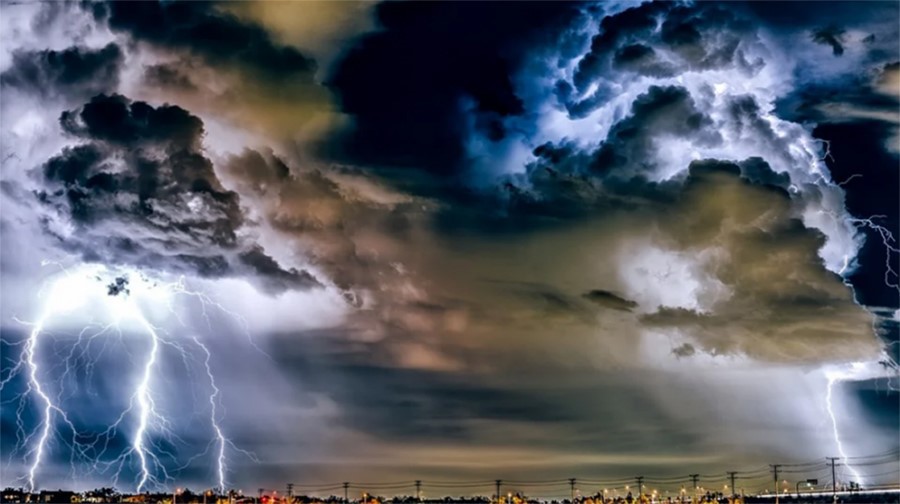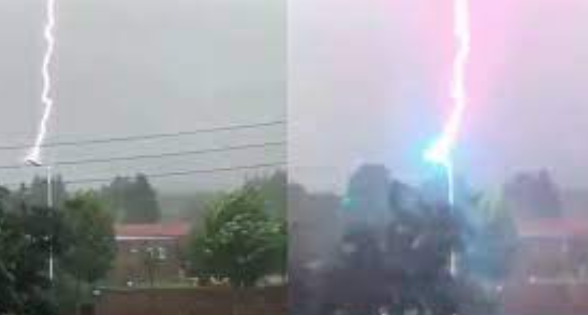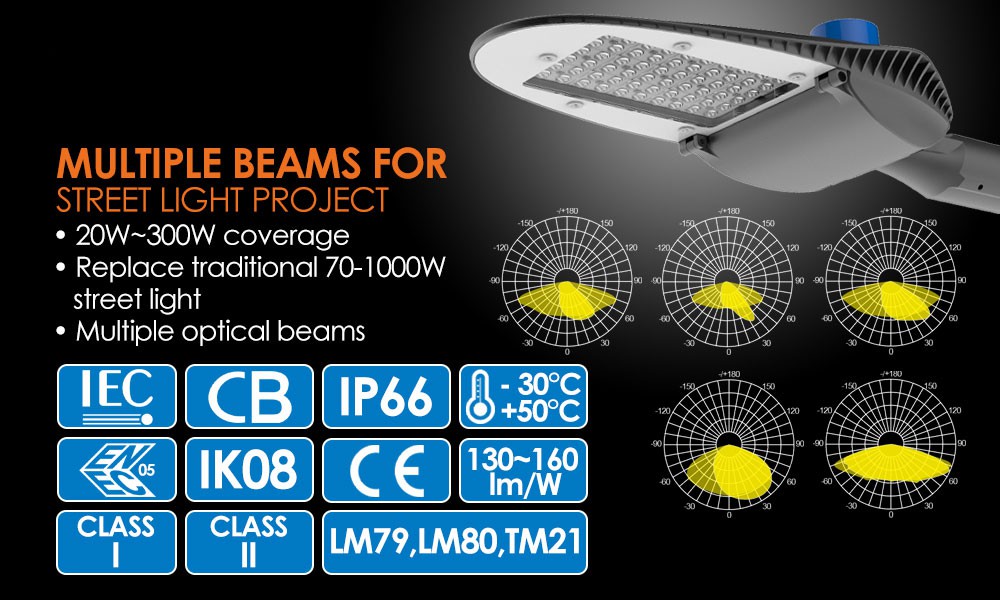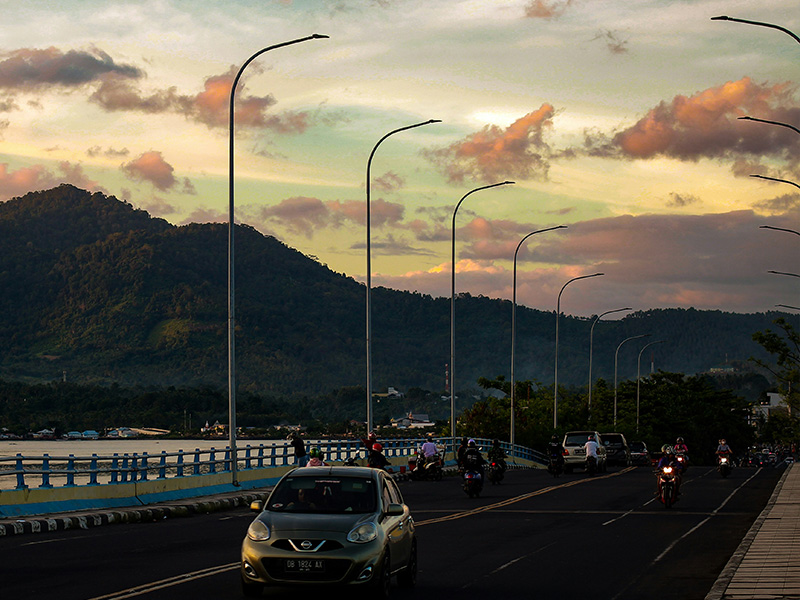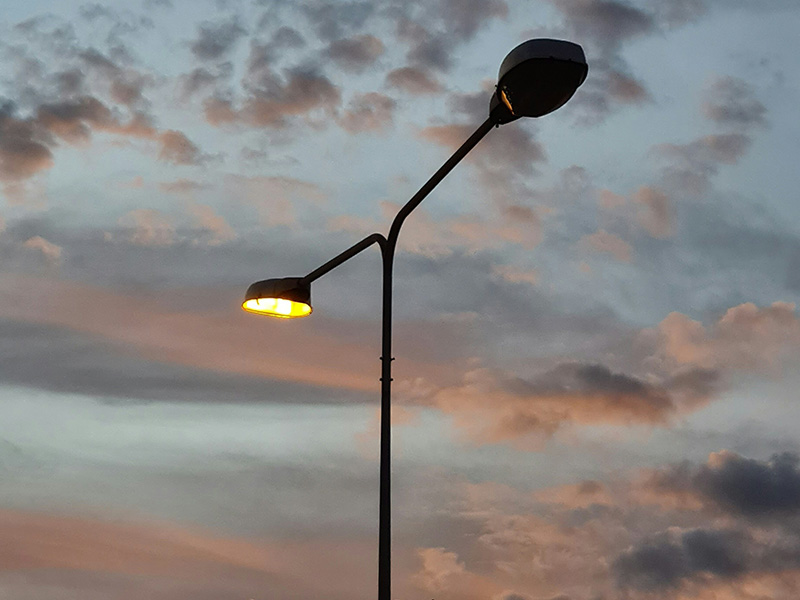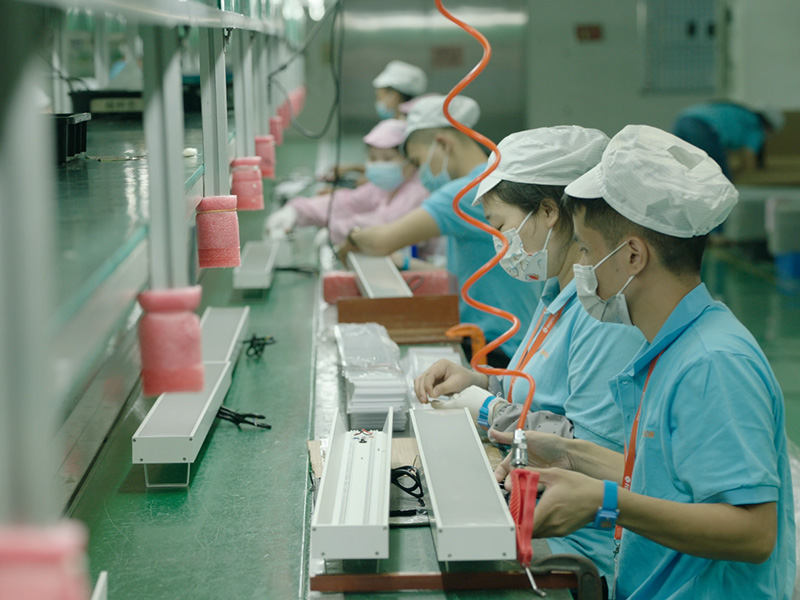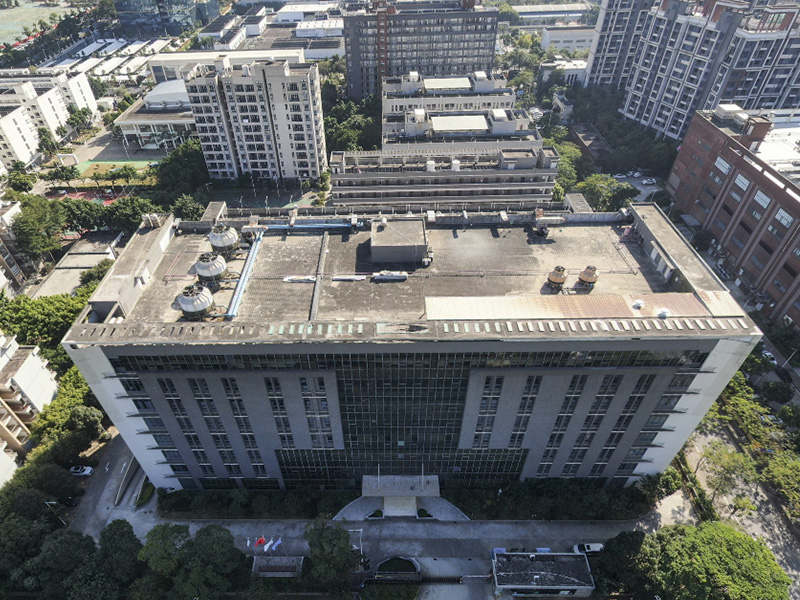Table of Contents
ToggleIsolated Or Non-isolated Solution For Outdoor Street Light
It is apparent that many engineers are prone to be vexed about the following problem: On the condition of the same light fixtures and the same wiring operations, some projects operate smoothly, whereas some, for example, the projects of street light LED driver application and non-isolated LED driver application are opposite. The light fixtures applied frequently suffer from the “inexplicable damage”
Then why does this happen?
1. Definition of Surge
The written definition of surge is any voltage peak that exceeds the corresponding stable one, which is to say, the transient voltage. It is divided into 2 types. One is external surge: the spike voltage generated by the abnormalities of lightning and AC network or the startup of high-power equipment surrounded; the other is internal surge: the spike voltage generated by the on-off of equipment. Generally speaking, the surge would be generated by both the lightning discharge and the on-off of electrical equipment, and it is an inevitable problem every time the electrical equipment works.
Where there’s electricity, there’s a surge
If the desirable input voltage waveform of stable mains is a silky smooth sine wave, with the existing input voltage waveform of surge voltage, there will be many spikes on the smooth waveform. The voltage of these spikes can reach thousands of volts, even tens of thousands of volts. If these were not dealt with, they would incur the electrical appliances to be broken down due to the over-high voltage.
Desirable voltage waveform—stable and smooth VS voltage waveform with surge—thorny and uneven
2. Definition of residual voltage
In order to eliminate the detriment of surge, we use the surge protector to absorb current, eliminating the relatively large spike voltage so as to render the voltage waveform return to a relatively stable state. At this time, the peak voltage at the input and output is the residual voltage. Just as an axe in the circuit, the surge protector cut the big thorns (lightning surge) into small ones (residual voltage). However, if the small thorn is “over-sized”, they might penetrate into some accessories as well, resulting in the damage of equipment.
3. Influence of the residual voltage of isolated and non-isolated LED drivers on light fixtures
In the design of isolated LED driver, the “electricity-magnet-electricity” conversion of input voltage is conducted via transformer, and the input is not directly connected to the loaded light fixture. Therefore, the surge and residual voltage has small impact on the light fixtures at the output, and the withstanding voltage of light fixture’s aluminum substrate reaching 1.5kV is sufficient for the safety application.
Whereas in the non-isolated circuit, the “electricity-electricity” conversion of the input and output is conducted via the rise and fall of voltage, and the input and output are directly connected to the loaded light fixture. The circuit is excessively sensitive to the surge due to its inferior inhibition ability, when the voltage in the power grid is instable, the non-isolated LED driver is inclined to directly generate more than 3kV residual voltage, leading to the broken down of the loaded light fixture’s aluminum substrate, chip and LEDs, and the light fixture would be burnt out subsequently.
That’s why the application effects are different on the condition of the same products and the same installation methods. The root cause is that the stability of power grids is different.
As for making sure safety for the end-user, we will consider the reliability of insulation and isolation. As a complete product, the surface portion which will be accessed to must go through quarantine so that people will not get an electric shock. From the whole system, isolation is inevitable, in fact just the isolation position difference. Some designers use isolation transformer design, so heat dissipation and lampshade design can be simplified. If the driving design non-isolated, then the lamp housing and other structures must be considered reliable insulation requirements. Therefore, as a power drive, isolated and non-isolated solutions always exist at the same time.
Isolated and non-isolated LED driver power supply options have their advantages and disadvantages. As for the trend, Class II will be the mainstream, because it simplifies the LED heat problem. Class I or II system relies grounding system, in most cases, is closely related with the installation site. Class II is more common, which requires a two-stage or enhanced isolation, that require magnetic transformer windings, insulation tape, and physical isolation. Class I system requires a grounded enclosure and (or) mechanical barrier, but this time Class II system is unnecessary. Discuss with our skilled engineer to better design street light for your applications.

